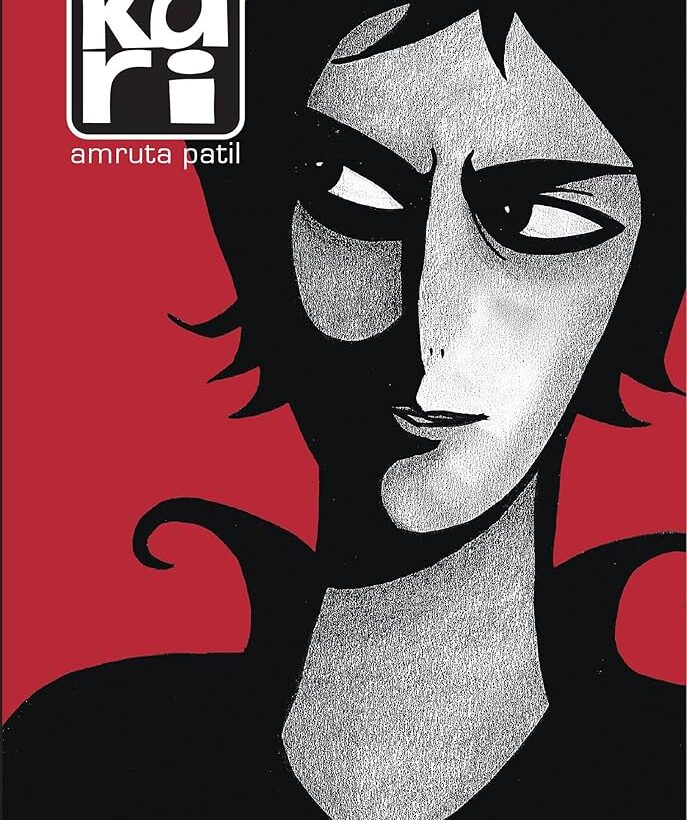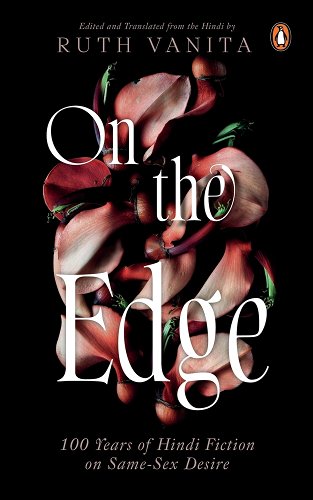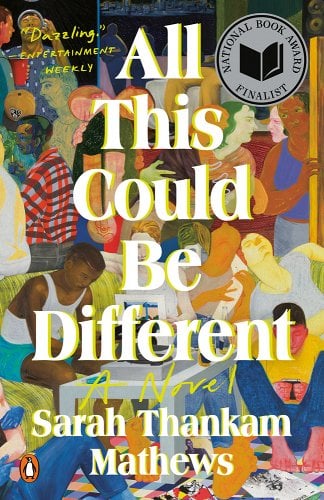This review contains spoilers. Kari by Amruta Patil is considered the first lesbian graphic novel in India. The book opens with a double suicide pact, which turns out to be unsuccessful, and the narrator falls into a sewer. The story takes place in the big metropolitan city of Mumbai, which is referred to as theRead More
We Have Always Been Here: 3 Essential Historical Sapphic Reads
As Pride Month draws to a close here in the states, here are three historical fiction books that blend insightful writing with action/adventure, twisty thriller tension, and bon-mot brilliance, respectively. So much of history is about teaching us what has been possible, about what sorts of lives have survived, been mythologized, codified, recognized as worthyRead More
A New Take On the 20-Something F*ckup Novel: All This Could Be Different by Sarah Thankam Mathews
Buy this from Bookshop.org to support local bookstores and the Lesbrary! I have heard only great things about this book since it came out in 2022, but I somehow didn’t actually pick it up until my queer book club chose it for this month’s pick. I vaguely remembered downloading an ARC on my ereader, soRead More
Vic reviews The Jasmine Throne by Tasha Suri
Amazon Affiliate Link | Bookshop.org Affiliate Link Considering it’s commonly referred to as part of the Sapphic Trifecta of fantasy and sapphic fantasy is, in my professional opinion, the best genre there is, it seems almost criminal that it took me so long to get to it. Maybe it was intimidation (how often do popularRead More
Babusha reviews Falling Into Place by Sheryn Munir
HALLELUJAH !HALLELUJAH! THERE IS AN INDIAN LESBIAN ROMANCE NOVEL!!! First of all, this review will contain rapturous joy on just the existence of such a book. It may even be half of this review and to everyone who points this out to me, deal with it idc. In the last year or so, India hasRead More
Mehek Naresh reviews Falling into Place by Sheryn Munir
When my friend Shira Glassman was asked to review this book for The Lesbrary, she immediately thought of me, thinking that an own voices review would serve the review reading community better. While I may not be the perfect person to review this book, Falling into Place is one of the rare books I readRead More
Lesbrary Sneak Peek: More books I got in the mail!
I got a box of books in the mail this week that I’m very excited about. (Thanks Bookmooch!) This is one of those really specific titles that I always find fascinating. In its defense, this isn’t actually all about lesbian hair (though you probably could write a book about it). It’s a humour book thatRead More




